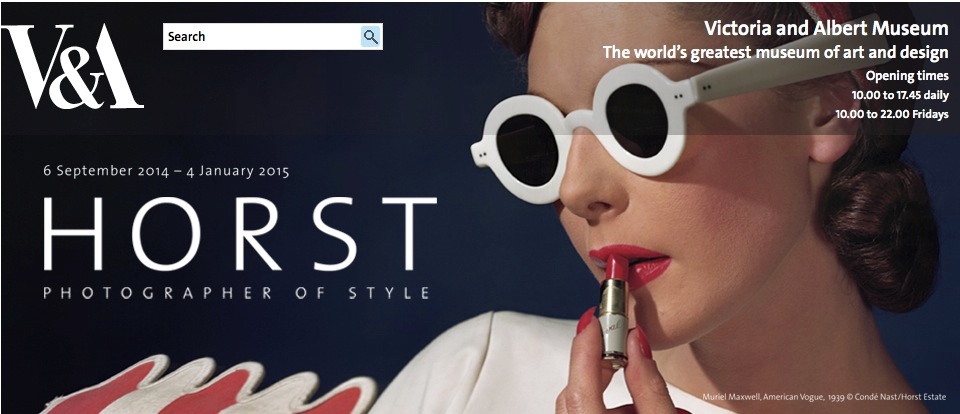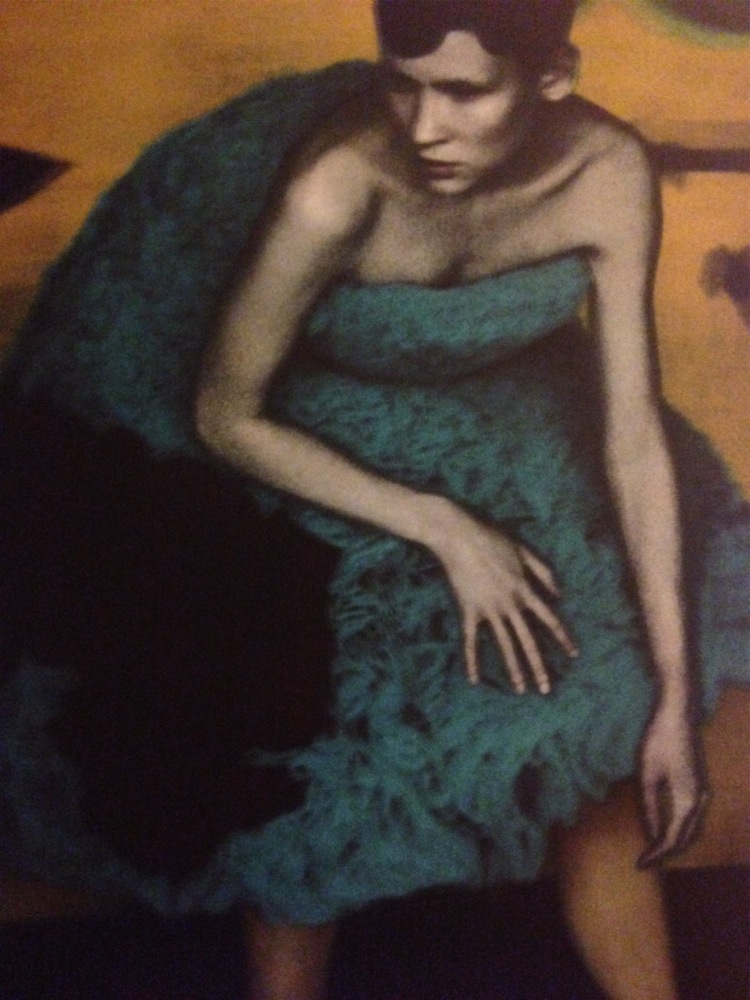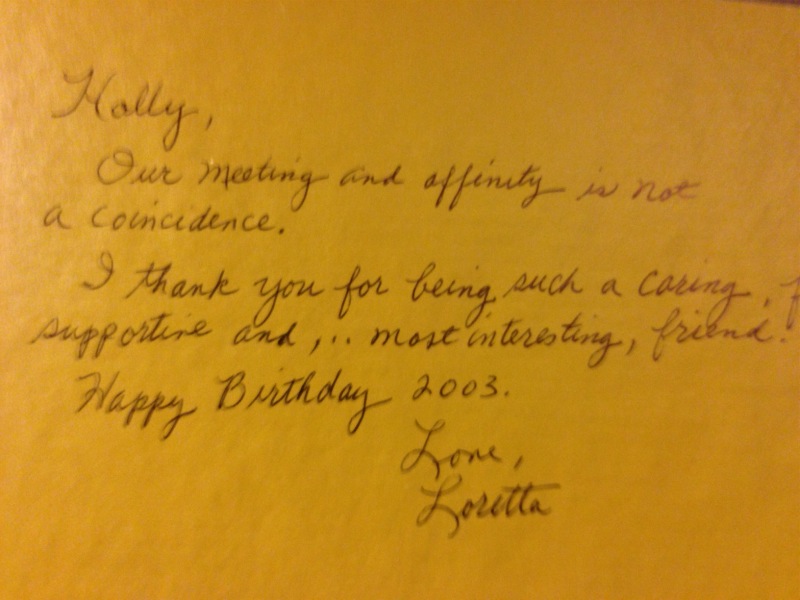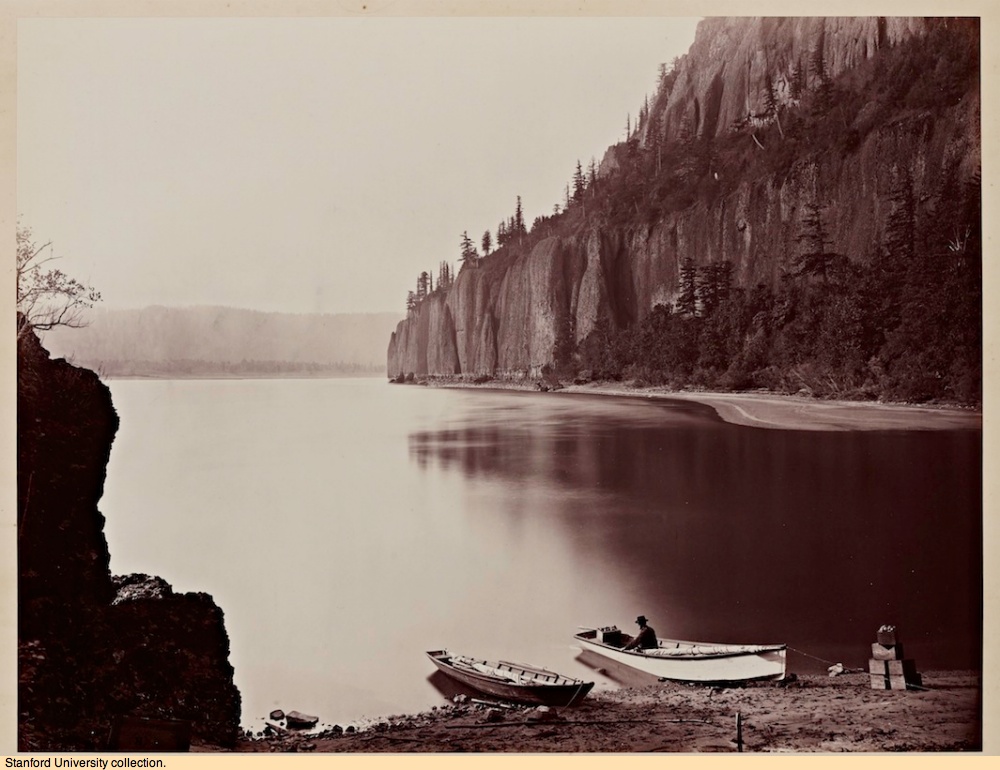A master portraitist.
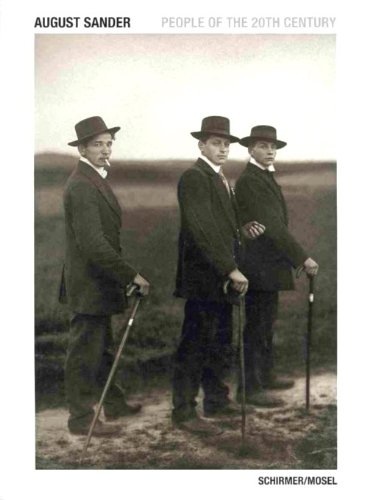
Click the image for Amazon – I get no payment if you do that.
August Sander’s ‘People of the Twentieth Century’ is the concise version of a like-titled seven volume set in which the photographer set out to document all the personality types of his native Germany. My copy dates from 1993 when I was living in La Jolla, near San Diego, a stone’s throw from the wonderful John Cole’s Bookshop, now long gone. The book remains in print at a startling $85 or so, but it’s worth it. Even back in 1993 it ran me $55 + tax. A lot and yes, Amazon was not yet in existence.
There’s a temptation to ‘recognize’ the clichéd Germanic personalities portrayed here – the arrogant aristocrats with their vast estates, the butchers with their no less vast waistlines and so on, but the reality is that these archetypes would not have been that much more different had the images been of Englishmen, the French, Italians or you name it. What is brought sharply into focus is that the ‘trades’ were a much more esteemed place to be back then, most requiring lengthy apprenticeships before the student could proclaim himself a master. Be it woodworker, plumber, cook, tailor or butler, all required long periods of training before expertise could be proclaimed.
That was in the between war years before mass production and standardization obsoleted hard-to-acquire skills, rendering creation and repair anachronistic concepts in a world where rapid obsolescence and high labor costs make it cheaper to recycle and replace than to repair and renovate. That was largely America’s doing – the production line and people replaced by machines. As the old saw (sorry) has it, if two carpenters turn up at your door, one with hand tools, the other with electrical machines, only a fool hires the former for the latter will do a far better job in less time and with greater precision than the once esteemed craftsman.
Sander’s book speaks to the latter and it is a fascinating thing to behold. Just don’t expect to find any humor here for in typical German fashion it’s totally absent, replaced by a ruthless efficiency, one devoid of emotion or caring.
